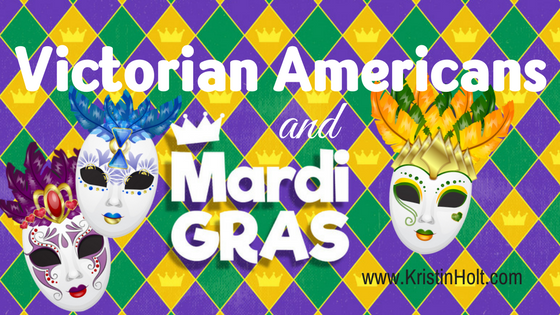
by Kristin Holt | Jul 2, 2017 | Articles
Coca-Cola was born in Atlanta, and quickly gained popularity at drugstores and soda fountains, showing up very quickly a thousand miles away in mid-Kansas! Coca-Cola was touted for a wide variety of medicinal benefits, including nervous affections and sick headache. In less than fifteen years, Coca-Cola was widely known from New England to Los Angeles. Coca-Cola belongs on the long list of American Victorian Inventions.

by Kristin Holt | May 4, 2017 | Articles
Potato Chips are an American (and world-wide) favorite. Invented by accident–or should we say “accidentally-on-purpose”?–these potato crisps first graced the table of an elite resort in 1853 in upstate New York. News of the “invention” spread far and fast, and quickly became part of every homemaker’s repertoire, available on grocer’s shelves, served in restaurants, peddled by salesmen, and inspired further inventions.

by Kristin Holt | Mar 2, 2017 | Articles
In the 19th century American West, Gingham was more than checked fabric made of cotton–it was also striped. Any woven cotton cloth made of pre-dyed alternating threads (plaid, striped, or checked) was called gingham. Why would pioneers (or frontiersman, or Old West women) select gingham? What made this fabric practical? Why would we name an anthology with Gingham in the title?

by Kristin Holt | Feb 28, 2017 | Articles
Victorian Americans loved their celebrations, holidays, and reasons to party. Mardi Gras, in North America, has been around since pre-American Revolutionary War. I share tidbits about the background of Mardi Gras, how it was celebrated during the staid and usually straight-laced Victorian era, and some of the challenges present to law enforcement in the latter half of the nineteenth century. Wow! I can only imagine!

by Kristin Holt | Dec 26, 2016 | Articles
This article contains the transcription of a brief recounting of one five-year-old boy’s letter to Santa Claus, published in Chicago Daily Tribune on December 26, 1883. The vintage newspaper report sheds light upon the attitudes and perceptions of our late Victorian-era ancestors, a young and well-to-do boy’s Christmas wish-list, and how his parents must have attempted to impress upon him an awareness of the good he might do for others. I find it interesting that residents of the Old Ladies’ Home are referred to as “inmates”.













